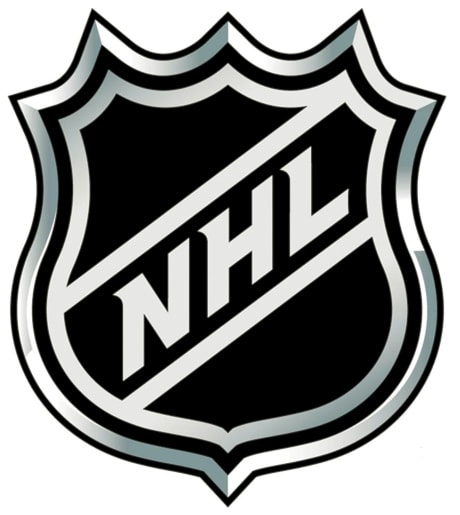The number of concussions reported by NHL players remains unchanged from last season despite the league’s attempt to reduce the injury by creating a rule outlawing blindside hits to the head.
Dr. Ruben Echemendia, the NHL’s neuropsychologist, said Friday that 33 concussions had been reported as of Dec. 1 — the exact same number as a year ago. However, he was quick to note that it doesn’t necessarily mean the rule change hasn’t been ineffective.
“It’s premature,” said Echemendia. “We need to very carefully follow the concussions this year and next year and see to what extent the rule changes have or have not had a change in behaviour. We don’t know exactly what’s causing the concussions to be at the level that they are at this point in time.”
The league has been tracking concussions since 1997 and typically sees about 75 reported each season — roughly half of which are the result of blindside hits.
Rule 48 officially entered the NHL’s rulebook over the summer, giving referees the right to call a minor or major penalty for any “lateral, back pressure or blindside hit” where the principal point of contact is the head. Every call is automatically reviewed for possible supplemental discipline.
The NHL’s hockey operations department has seen cases this season where players have chosen not to throw potentially dangerous hits. There have been four cases of supplemental discipline getting handed out as a result of the new rule: Sharks captain Joe Thornton and Coyotes captain Shane Doan both received suspensions; and Ottawa’s Nick Foligno and Edmonton’s Tom Gilbert were each fined.
Echemendia has been part of the league’s concussion program since its inception. He believes it’s too early to determine exactly why the number of concussions rose a year ago (there were 84 reported cases) and remain on the same high pace this season.
“It could be that we are making inroads in terms of our ability to communicate to players that they need to report their symptoms, that this is a serious injury and there’s increased awareness and identification of the injury,” Echemendia said on a conference call with a handful of reporters. “It could also be that more concussions are being caused because players are bigger, faster.
“It’s hard to determine exactly why there is that uptick.”
Concussions have once again been a hot-button topic around the NHL this season. Coincidentally, two players made their return from the injury this week after long absences — Minnesota’s Pierre-Marc Bouchard, who missed 104 games dating back to October 2009, and Boston’s Marc Savard, who has been suffering from concussion-related symptoms since March.
Colorado Avalanche forward Peter Mueller still hasn’t played a game this season because of a concussion while free agent Paul Kariya has chosen to take a year away from the sport to try and recover from his latest head injury.
While Echemendia believes the attitude towards the injury has changed in hockey over the years, he wishes every NHL player realized how serious concussions are. Savard and Philadelphia Flyers forward Ian Laperriere both acknowledged during training camp that they played games during the playoffs last spring while still feeling the effects of a head injury.
“If I could just wave a magic wand, I would wave the wand so that players would understand that they absolutely have to be honest about their symptoms,” said Echemendia. “The earlier they tell us what’s going on for them, the less time loss they’re going to have and the better off they’re going to be down the road.”
A rigorous testing protocol is in place to determine whether a player is eligible to return to the ice following a concussion, but it’s not entirely fool-proof.
“No matter how many tests we give, you’re never going to be able to see with 100 per cent clarity what’s going on with the player unless the player is able to tell us what’s happening with them honestly,” said Echemendia. “We have to rely on the player to honestly report their symptoms.”
The research will continue moving forward.
Echemendia believes doctors are only beginning to understand exactly what causes concussions in hockey using video analysis. That’s one area where he think advances will be made.
“Where we are now relative to where we were 10 years ago is night and day,” said Echemendia. “I think that 10 years ago there was a lot of misconceptions ... and I think that it’s beginning to change now. I think that people are beginning to realize how truly complex this injury can be.”
